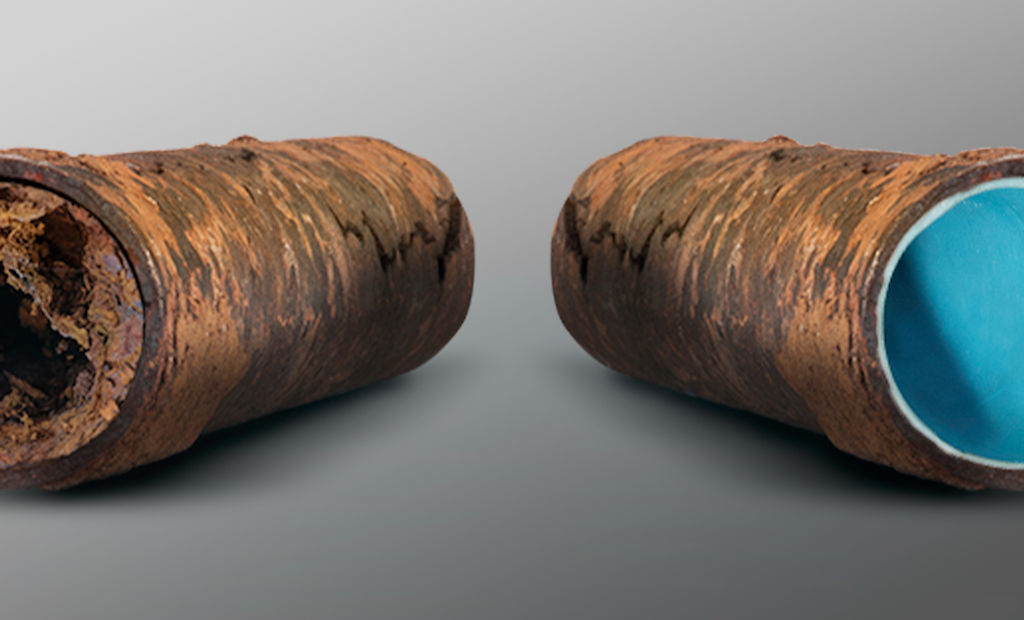Interested in Relining/Rehab?
Get Relining/Rehab articles, news and videos right in your inbox! Sign up now.
Relining/Rehab + Get AlertsFor over 20 years, NuFlow has developed its signature push or pull-in-place installation method to help restore hard to reach, small-diameter, inside the building pipes. Most other CIPP installation methods were developed and optimized for the utility sector focusing on volume with long lengths of large-diameter pipes. While these methods may seem like a fast way to install liners, nothing is more accurate than NuFlow’s Precision push or pull-in-place method for inside the building applications.
Push or pull-in-place installation allows the installer to monitor precise placement of a liner with the help of a CCTV camera, enabling them to easily make any last-minute adjustments, avoid under-shots or over-shots during liner insertion, and ensures that joints and fittings are properly sealed with perfect placement. This precision is critical when lining “blind shot” branch pipes. Inversion and other traditional pull-in-place practices are not capable of such placement and present higher risk for insertion through multiple bends. Inversion methods come with the likelihood of air pressure “burps” disruptively blowing out traps within the building. Inversion methods are more favorable for long length manhole-to-manhole utility pipe runs with access at both ends. For inside-the-building, small-diameter pipes, NuFlow’s Precision push or pull-in-place can’t be beat — lowering required installation times and providing a superior performance.
NuFlow CIPP liners include an integrated inflation bladder to enable the outer thermoplastic coating of the liner to properly contain and protect the resin. This helps to avoid bleed-out, washout or emulsification during insertion and curing. The inflation bladder also reliably avoids resin blowout which can lead to CIPP liner wall leaks. Other processes often experience inner film pinholes or seam failures. By not allowing the resin to migrate into the cracks of the host pipe, like vertical stress fractures, the cured-in-place pipe will not succumb to premature failure. By examining the pipe where vertical stress fractures may exist, the NuFlow method pinpoints exactly where the installer should adjust to protect the piping system from unnecessary failure. The NuFlow advantage is clear: simply put, no leakage is acceptable within the building envelope.
The NuFlow system contains the resin and greatly reduces any risks associated with resin slugs in remote branch connections and with uncured resin left within the building envelope. This is especially important where missing host pipe sections can result in extensive resin bleed-off, which is a particularly high-risk situation in inaccessible pipes within walls or under slabs. NuFlow’s Precision push or pull-in-place system greatly reduces project risks for the contractor and customers alike. This signature method is not only profitable, but NuFlow is confident it will become the preferred tool in your toolbox.
Visit the NuFlow Technologies Storefront






